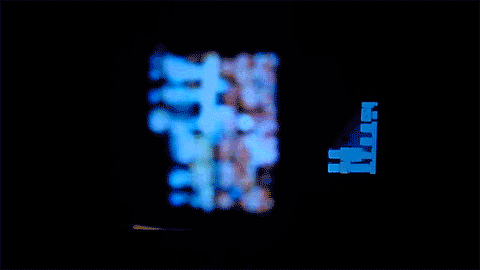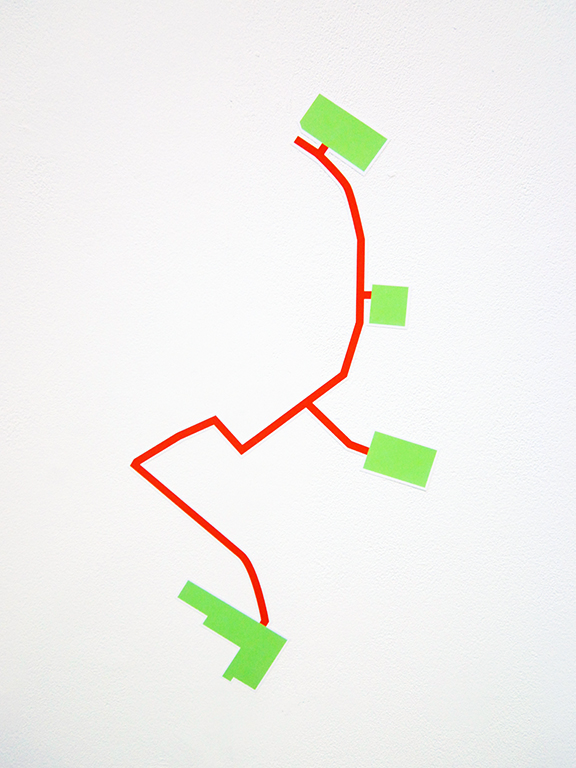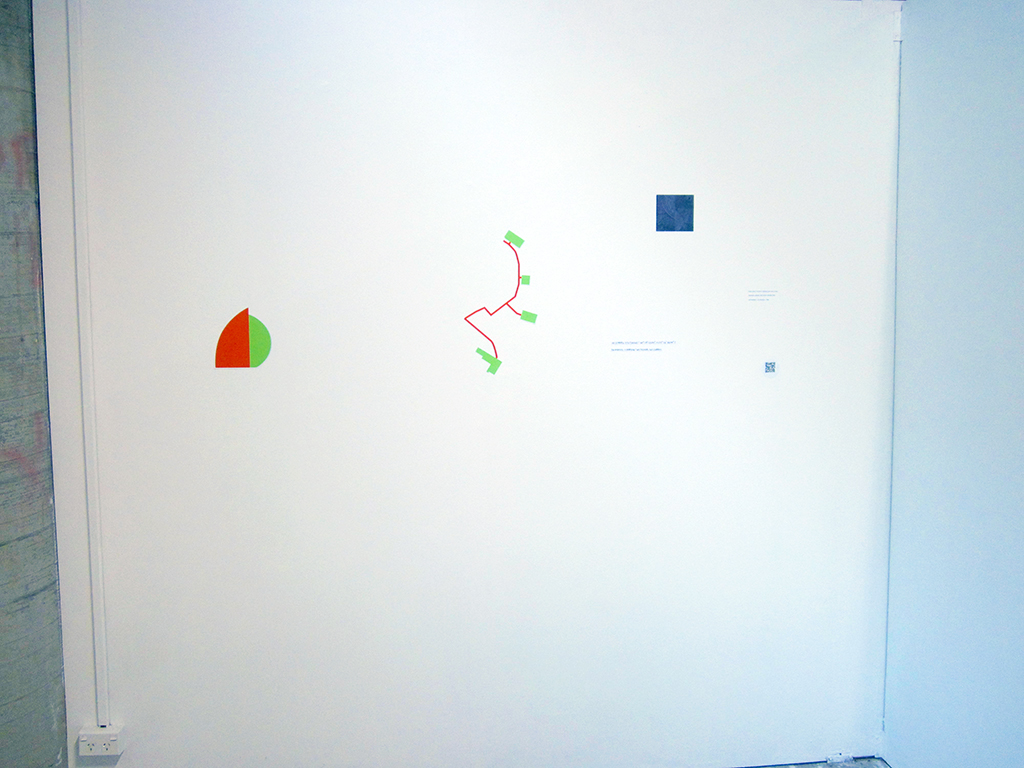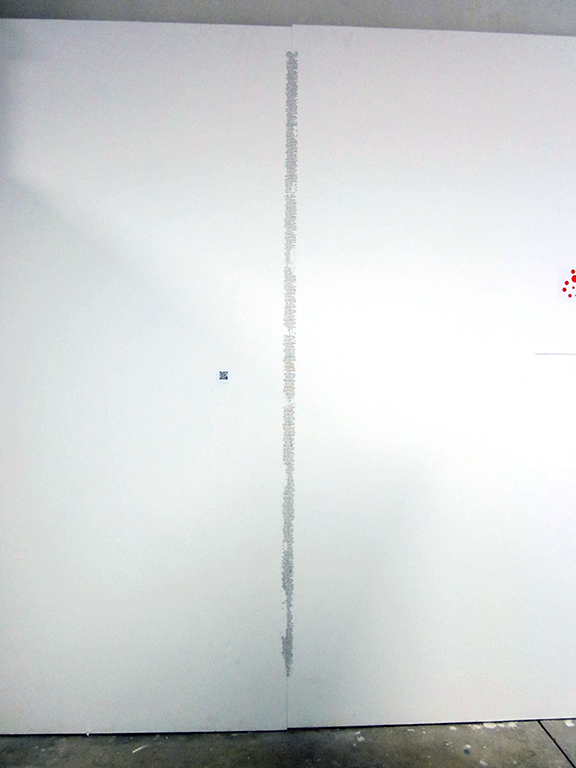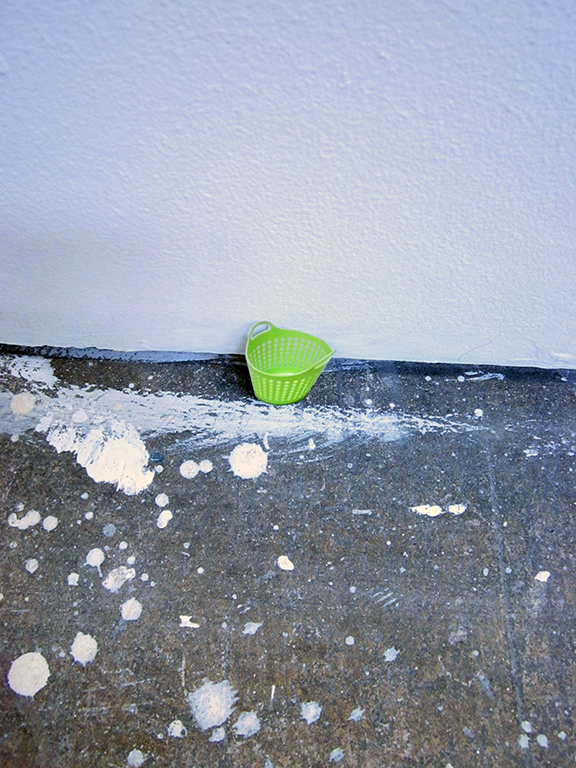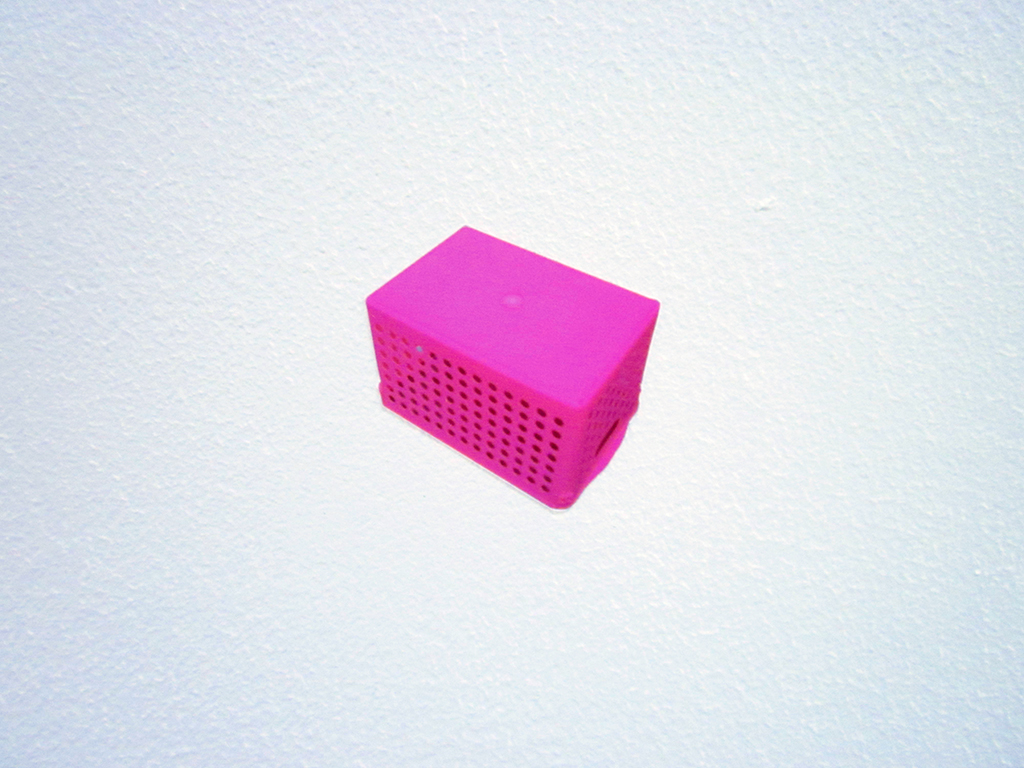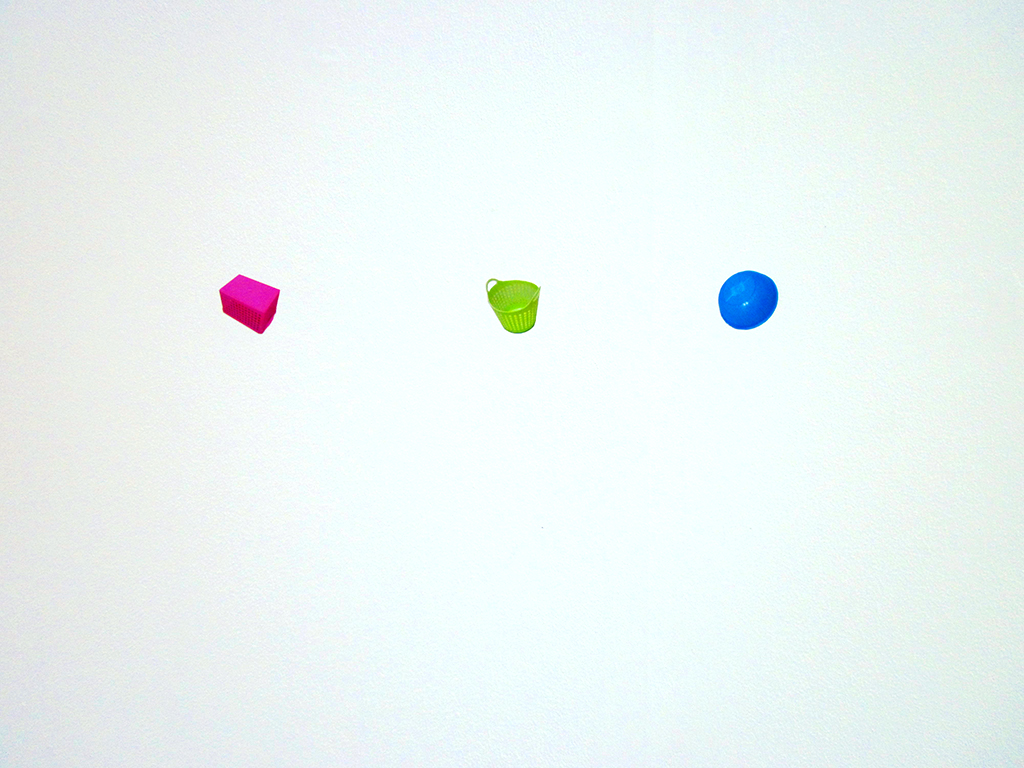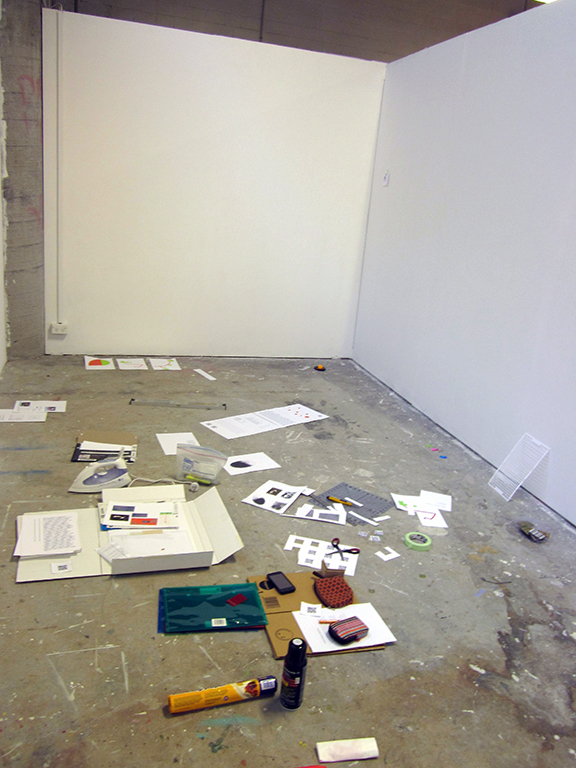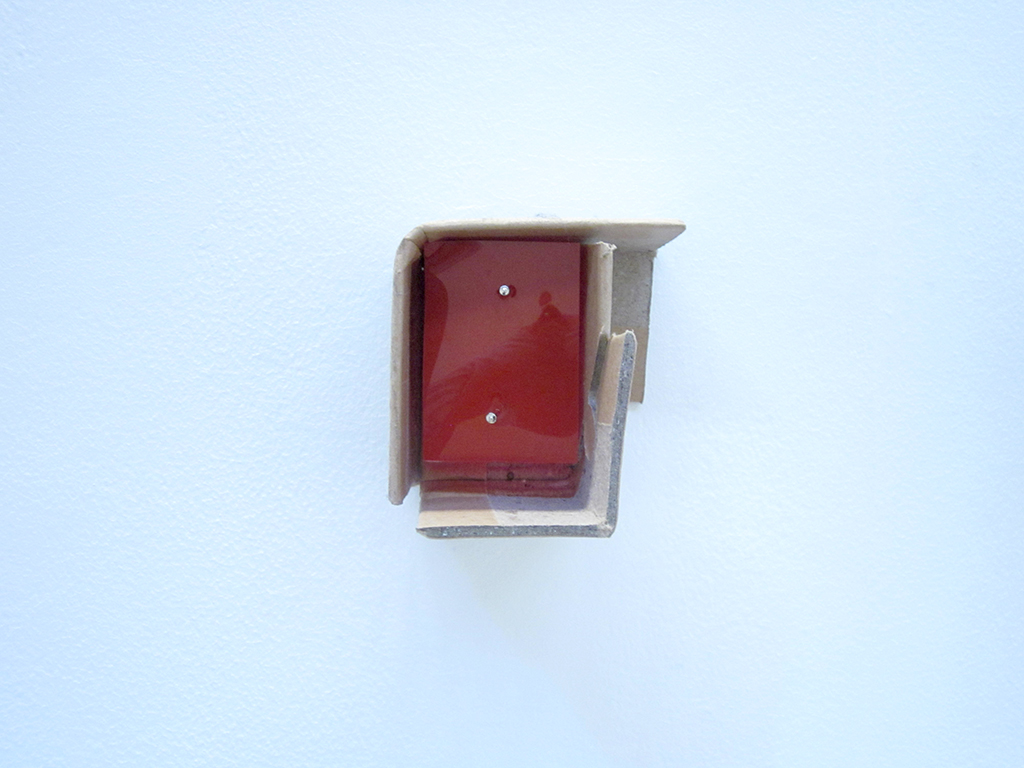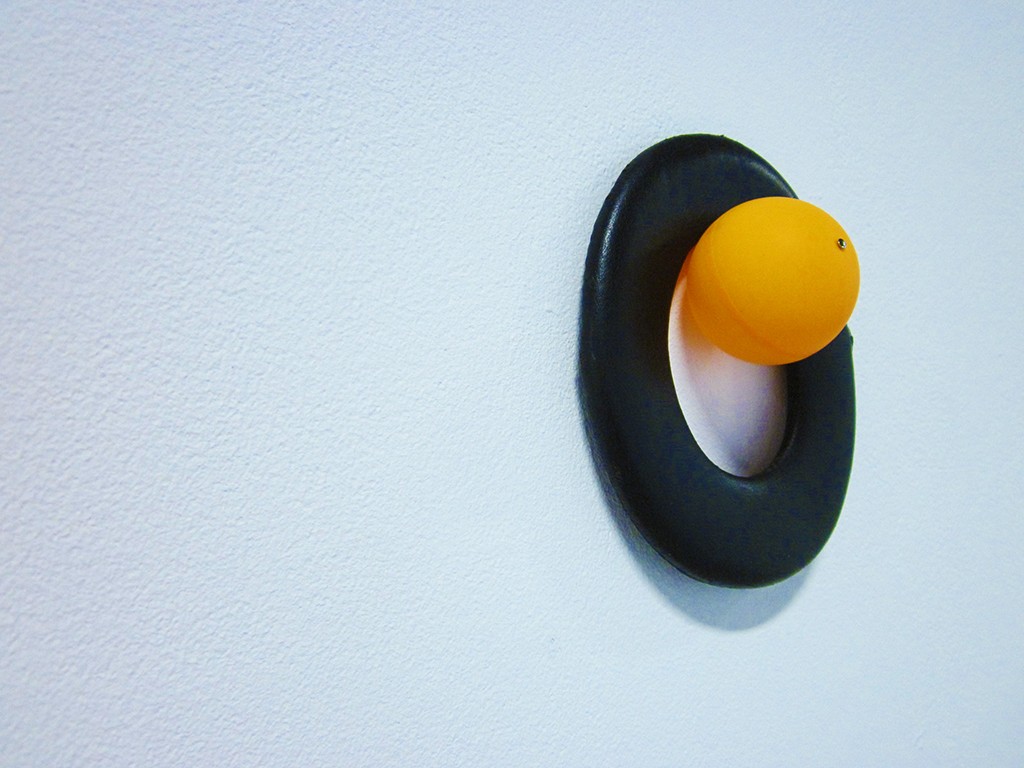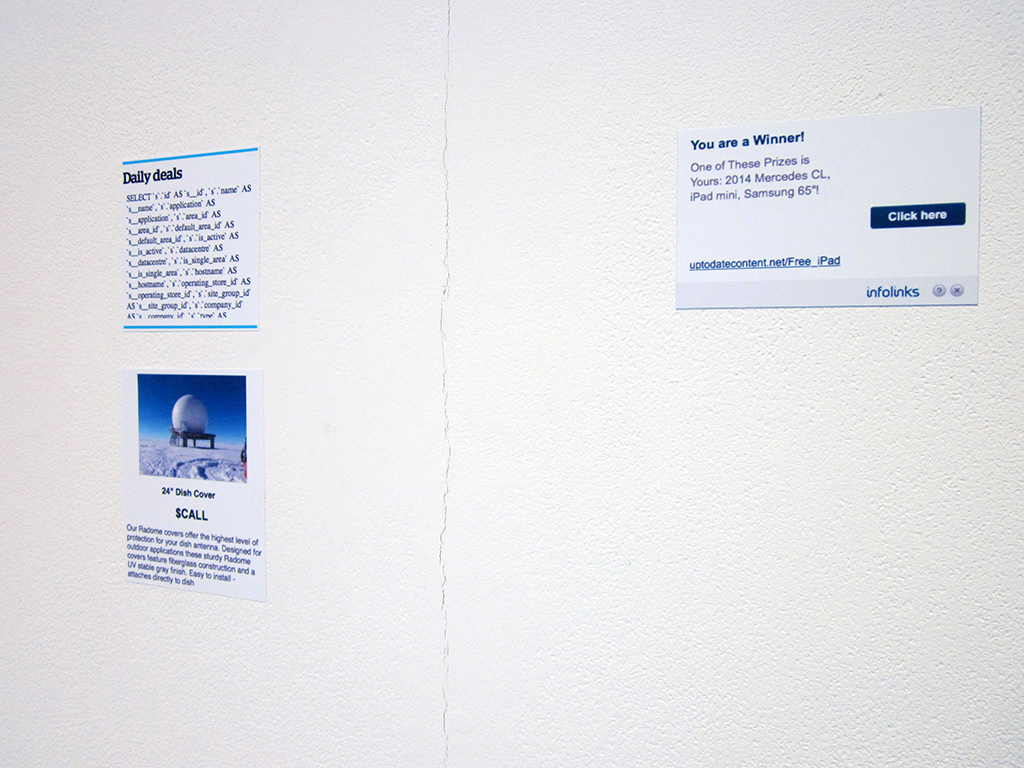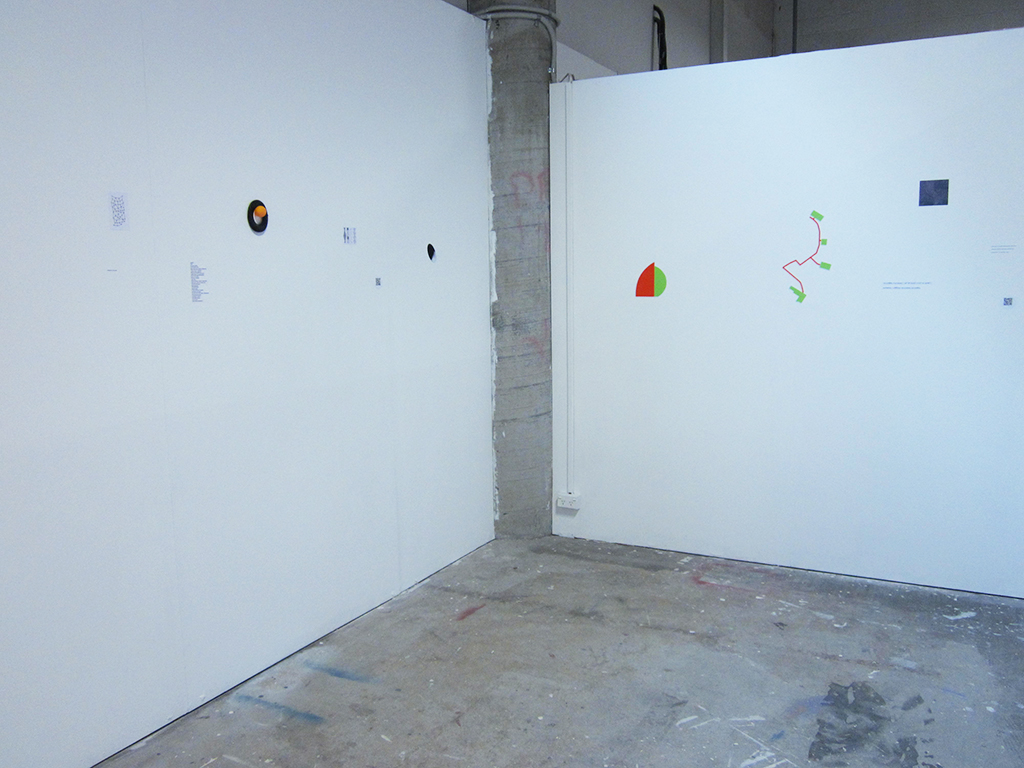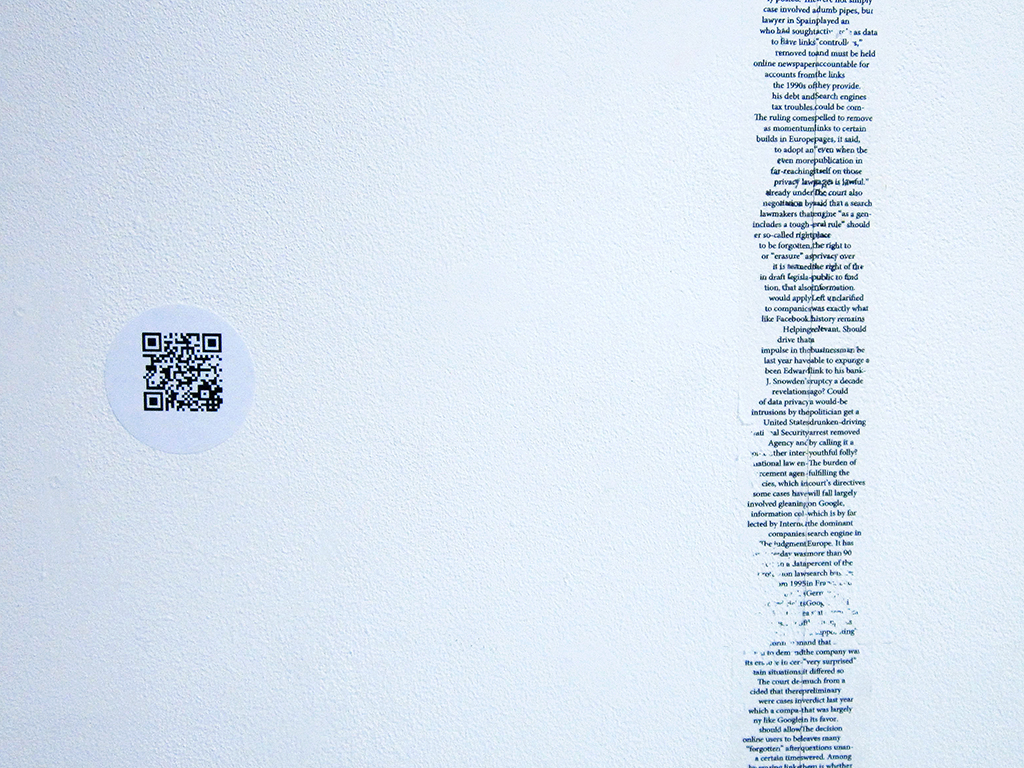gestures of coincidence: 1/2 : more happy than disgusted – corrupted self
technology
Invisible Image
more happy than disgusted
art_theory_map1
timeline of 2oth c. art and new media
[click on the image to expand]
http://www.ramakarl.com/website/
Rama Hoetzlein is an interactive media artist and computer scientist working in the areas of knowledge engineering and behavioral systems. I seek to develop the theoretical foundations of new media arts, and to explore the design, limitations, and capabilities of intelligent systems. My goal is to enable convergence between these dynamic digital systems and the processes of physical making, building and interaction. [source:http://www.ramakarl.com/website/contact/]
Manual Override
thenewinquiry.com
- View Original
- March 21st, 2016

The history of sabotage is the history of capitalism unmaking itself
And if linesmen make connections, can’t you make dis-connections? —Guy Bowman to telephone company workers, The Syndicalist, 1913
"In extending productivity measures to the person as a whole, whereby the self becomes a site of work not only for the labor of self-reproduction but also a project and product to be optimized, biometrically tuned, and circulated as image, the idea of sabotage receives its final twist: that of “self-sabotage,” a buzzword stalking the blasted earth of self-help rhetoric. As in, “3 Steps to Stop Sabotaging Yourself”: “Do you have a talent for self-sabotage? (Sure, you’re on a diet, but another doughnut won’t kill you, right?)” From the same article: “When your animal and computer selves are after the same goal, the two-beings-in-one arrangement works wonderfully. Say you’re a morning person and you work the morning shift. No problema! You know broccoli is good for you, and you love broccoli. Hooray! But when your computer self tries to force your animal self to do something it doesn’t inherently enjoy, you run into trouble. Self-sabotaging trouble, to be exact. In fact, self-sabotaging is almost always your animal self rebelling against not-so-much-fun conditions imposed by your computer self. The computer self builds a sort of cage of obligations and beliefs. Bad habits are your animal self’s attempt to ease its distress while living in that cage…” Or: “Why ‘self-sabotage could be ruining your career.” This belies more than the well-known shift of value production away from a clearly delineated working day. It also suggests that the slow dissemination of sabotage, as a concept, has itself tracked along shifts in the organization not only of capitalism itself but also of its self-narratives, roaming out from industrial waged work as central source of productivity to military contestations over access to territory and energy resource to corporate and office culture to the global subject of flexible accumulation."
HF | RG (Harun Farocki | Rodney Graham) / Jeu de Paume, Paris
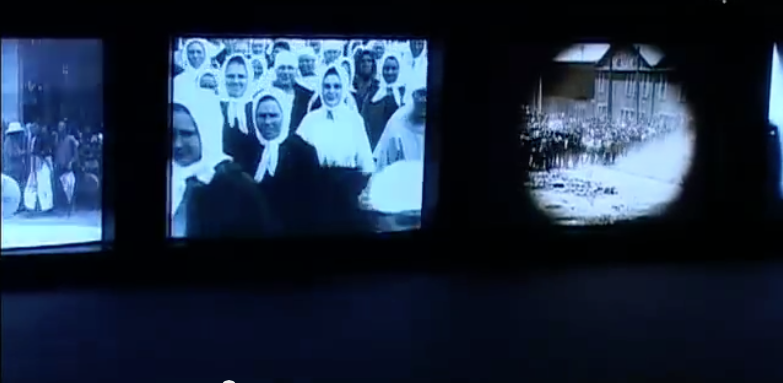 http://youtu.be/IAwkneBcB04
http://youtu.be/IAwkneBcB04
By Enrico on 4. May 2009
The exhibition H F | R G at Jeu de Paume in Paris / France brings together the visions of two contemporary artists, HarunFarocki and Rodney Graham, whose work has a great deal in common, not least their film and video and their interest in the medium and its history and in self-representation.
http://vernissage.tv/2009/05/04/hf-rg-harun-farocki-rodney-graham-jeu-de-paume-paris/
information shadows - a brief digest
updated as of : 2015.06
where is the interface? why can't a wall be an interface? how about a space, a void? is that not an interface? things are unfinished. some patterns seem to be emerging. talk is not about the things, object/images or otherwise, that occupy the wall but more about the ideas which surround them. the embedded meaning or rather the residual value which they impart. their place in the context of greater meaning or whether they even have a place within the space they temporarily inhabit? how to transport a viewer elsewhere? i enjoy encountering a space and making decisions in the moment. how much content to include? where should they be positioned? what is their relation to each other? is there one? a minimalist aesthetic? can one object/image carry that much weight? ...
... i was told to wait ...
images below from 'global / local' summer seminar whitecliffe college of arts and design mfa mid-course submission : 2015.02.16-22 : install at Pearce Gallery and SGBR Studio, 130 Georges Bay road, parnell, auckland
Information shadows
Our thirst for knowledge and our appetite for understanding is what has propelled humanity forward. As we continue to broaden the knowledge based economies of our interconnected lives the data and information we manufacture acts as a conduit where the content we exchange contains a new form of labour. This ‘user activated labour’ results from a transaction where the value of exchange is not immediately one of economics but rather an exchange of information ripe for harvesting. Objects and resources are embedded with an information shadow and as we engage with our data driven society we extend the value of any given resource beyond its sole purpose as a commodity. The information presented here acts as a mediating point and seeks to explore the possibilities where concepts and ideas might exist beyond the boundaries of their function and intent. The accompanying QR codes link to a digital space where ideas exist in another dimension. These black and white cryptographs act as an interface between a physical world and the digital universe.
You will need to download a QR reader to your device to scan and follow the links.
update: 2015.06
This project began as the Data Syphons project.01 on blended-theory. It has since been absorbed into the transparency in exile: eighty-eight or there abouts project. They straddle the same subject matter and as these projects continue to be refined they will migrate into more specific lines of inquiry.
tangimoana_panels
in search of data
For centuries humans have been collecting data. Ever since the first scientists, cartographers and philosophers began to question the boundaries of their existence and to explore the possibilities of the unknown, humans have been collecting, classifying and documenting their observations.
Today we continue to explore the possibilities of pushing our boundaries further outward where we extensively collect the bits and bytes of our interactions. In a series of online projects, blended-theory aims to open up a dialogue around the function of data in the contemporary; who is collecting it, what is it being used for and how might it shape us as we unknowingly participate in a world immersed in the shift to a digital existence.
/ project . 01 encouraging a culture of : remix / sampling / sharing / zero copyright.
hito_battlefield
bitflips and battlefields : Hito Steyerl
[image] Hito Steyerl, Is a Museum a Battlefield? was shown at the Adam Art Gallery Wellington - 4th July to the 10 August. http://www.adamartgallery.org.nz
If you have never considered a museum as a battlefield, consider again. In Hito Steyerl's lecture/video installation/performance Is the Museum a Battlefield, she gives a convincing presentation that might make you consider otherwise. Her ‘work’ traces the debris from a battlefield in the mountainous areas south of the city of Van, Turkey where the Kurdistan PKK has been fighting for independence from Turkey. Some of the items collected includes the ‘invisible’ shell casings of a 20mm Gatling gun made by General Dynamics.
Steyerl goes on to retrace the origins of these shells back to their manufactures which implicates various corporate and industrial giants in a technological ‘bit-flip’ linking them to the biggest museums in the world through architecture, software, the 'gentrification of culture' and the corporatisation and sponsorship of art institutions by some of largest weapons manufactures in the world.
Steyerl’s uses the term ‘bit-flip’ to describe the dual use of technology, where it can be both culturally and scientifically important but at the same time can act as the collaborator to humankinds atrocities. This usage resonated with my views on the ‘new and disparate interactions’ which we are enacting through our mobile devices. Technically, ‘bit-flip’ is not a word but it suggests a manipulation of sorts where a 0 becomes a 1, an off an on and vice-versa. For me, it conjures up images of multiplicities where intent is polyvalent, where technologies ‘flip back’ on themselves, masking one of their binate ambitions.
The following video is an edited version.
Documentation of Hito Steyerl's lecture "Is the Museum a Battlefield", first shown at 13th Istanbul Biennial. Steyerl’s new lecture, produced for the 13th Istanbul Biennial, takes as its departure point her March 2013 talk ‘I Dreamed a Dream: Politics in the Age of Mass Art Production’ and focuses on the arms industry, a phenomenon constantly re-conceptualized by the media through the regular flow of images. It asks the question of how a museum and a battlefield could be related. The question emerges when Steyerl follows the trace of an empty bullet casing which she found in the area where the mass grave of Andrea Wolf and her friends were located in Van, Turkey.
Niépce, ca. 1826. View from the Window at Le Gras
The quietus of the object and the dexterity of 360º vision.
The subject of cameras and surveillance is widely written and commented on both in academic circles and in popular culture. It's a duopoly of mind which tugs at our notions of privacy and identity, security and comfort. As technological and manufacturing advances increasingly move into the nano-space, not only are we able to capture every second of our daily lives, but we can also instantaneously ‘transport’ ourselves into the lives of others in different location on the planet.
Eleanor Heartney, author and art critic describes the artist as “having a lens on the world”. [1] It is a lens which not only observes and focuses on the here-and-now but one that also comments on that which encompasses the periphery, those events, attitudes and perceptions of what is happening on the boundaries of an increasingly changing world. Through this lens the artist can question and observe what life might be like, not only on the fringes but into the future as well; a germane metaphor for the digital age. From the Hubble telescope and CCTV cameras to mobile devices and endoscopic cameras there is very little these days that is not being observed, not being monitored, not being scrutinized and not being recorded through the lens.
Read More